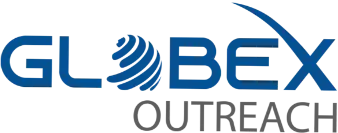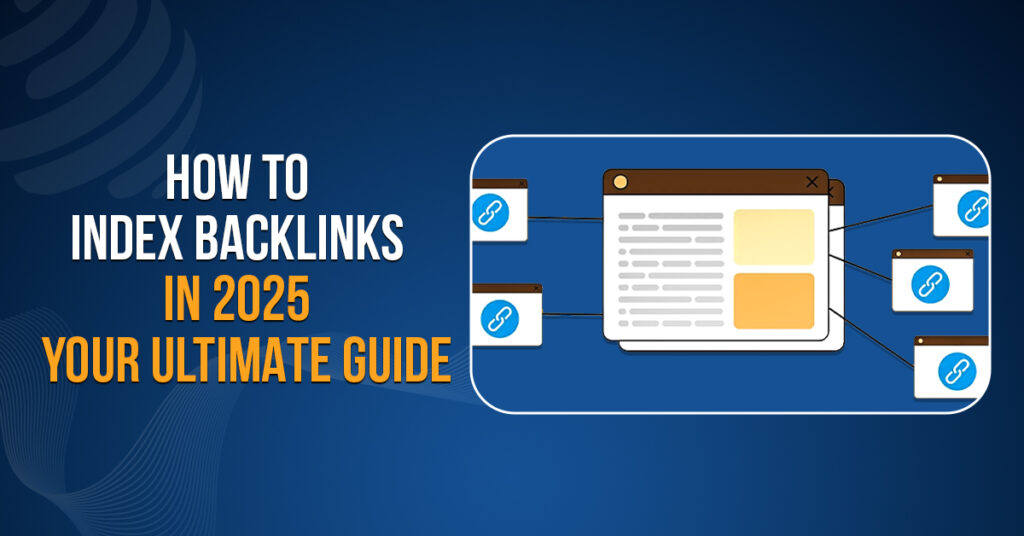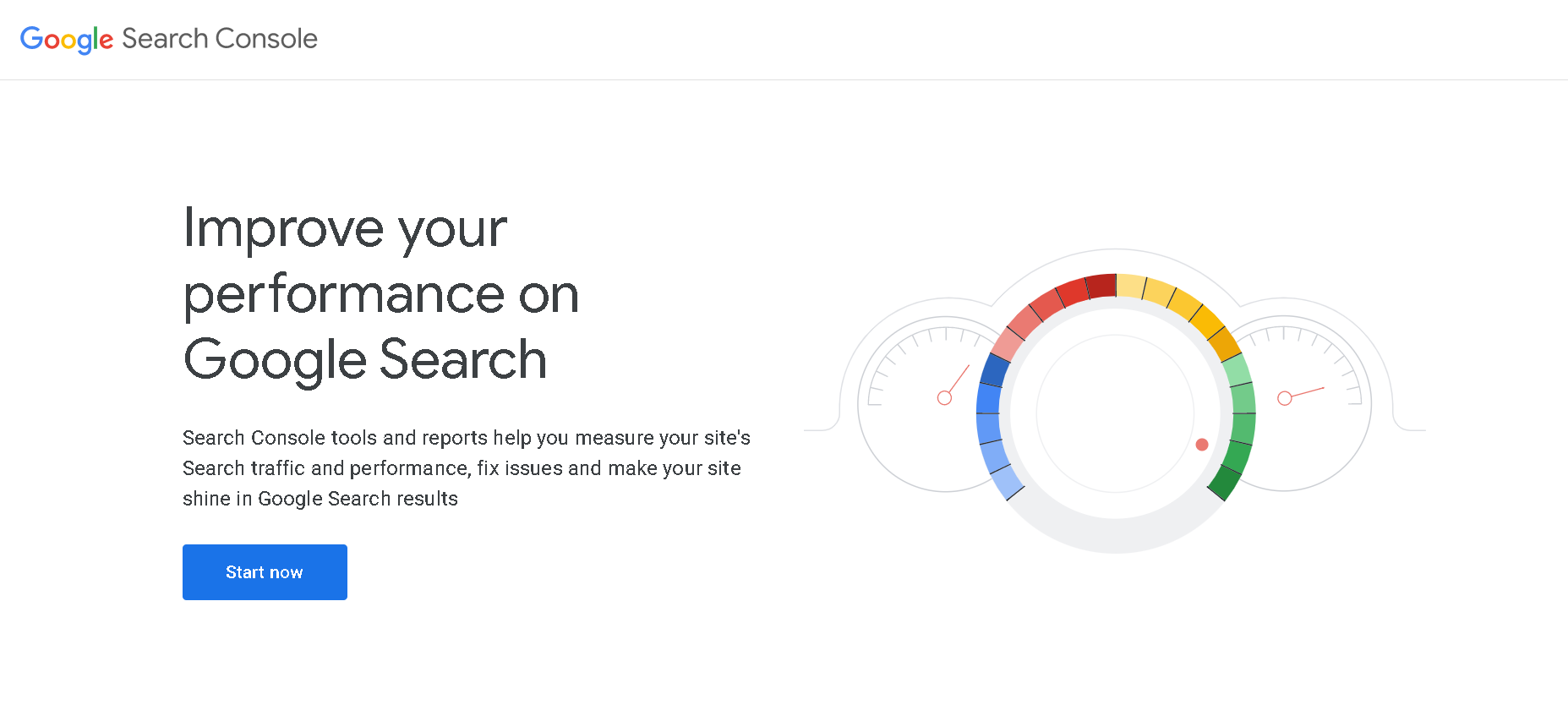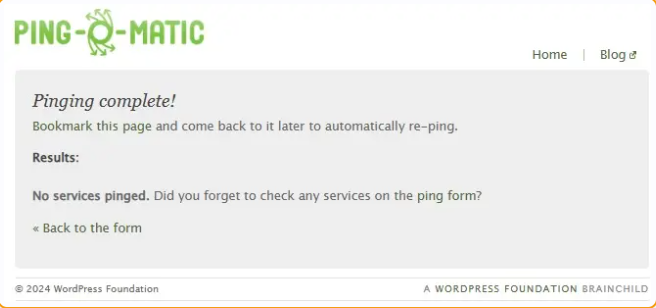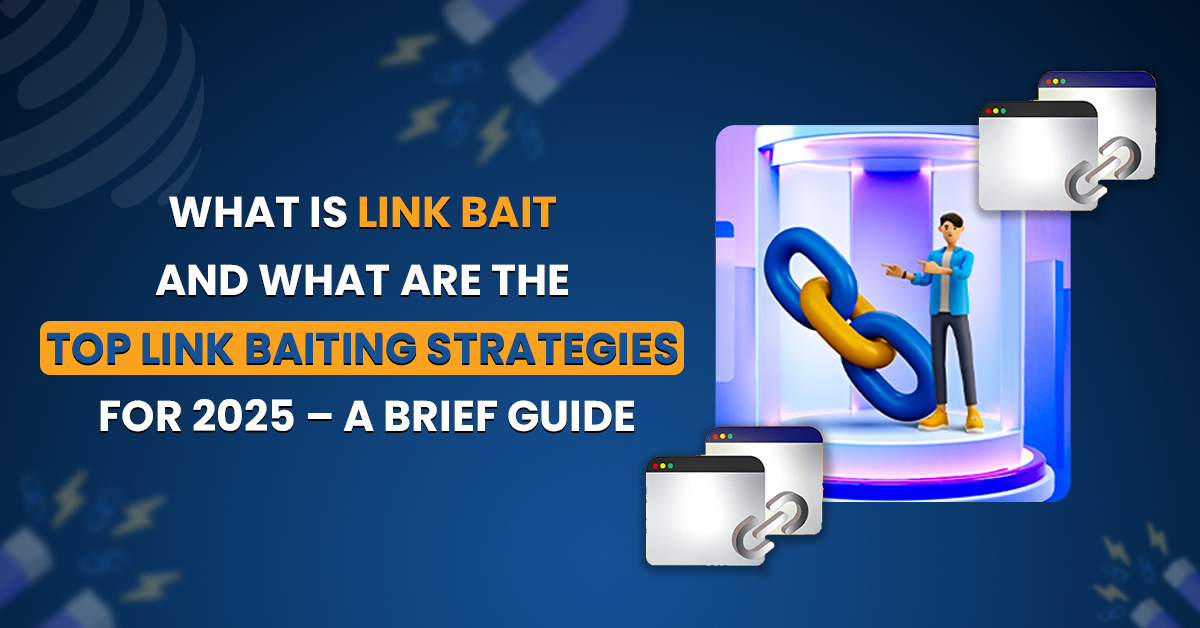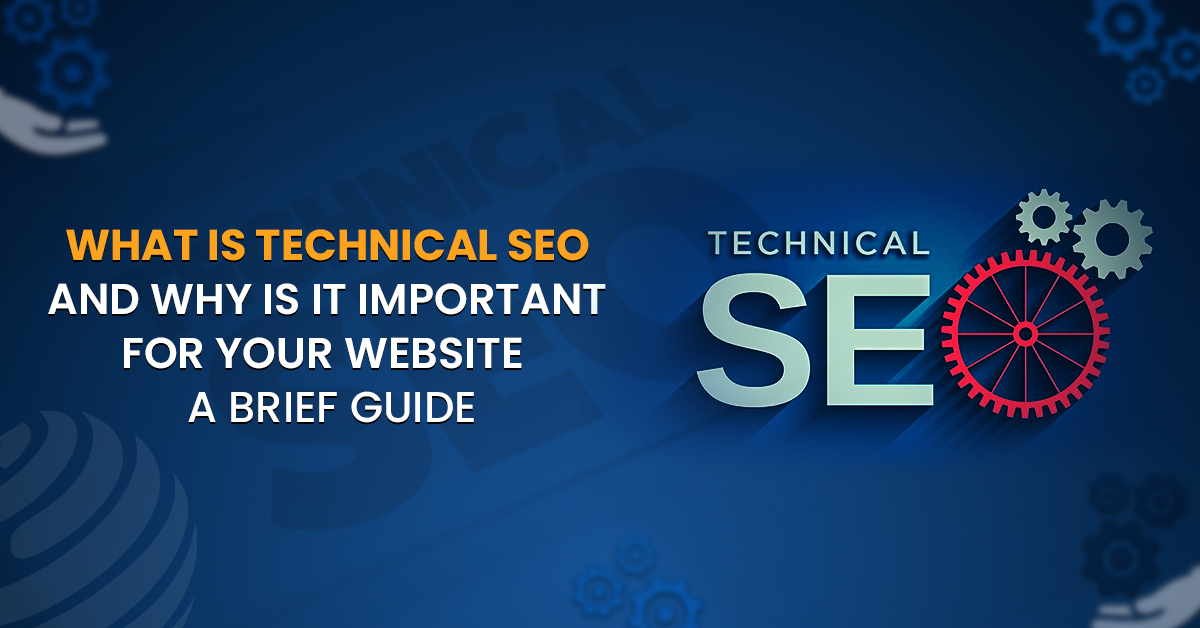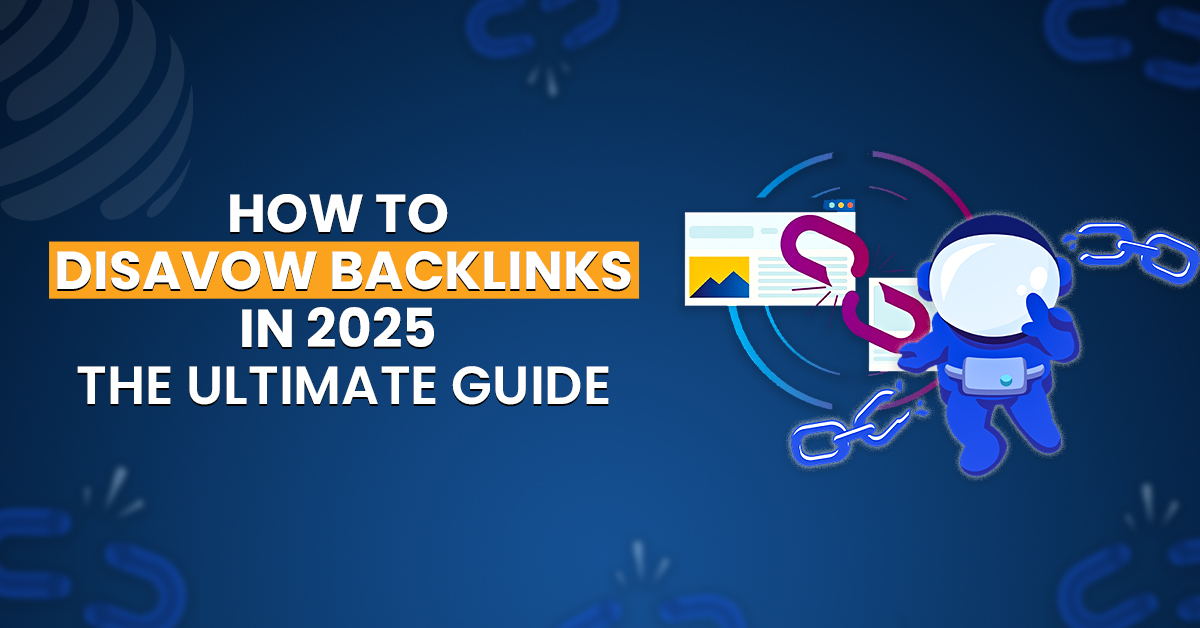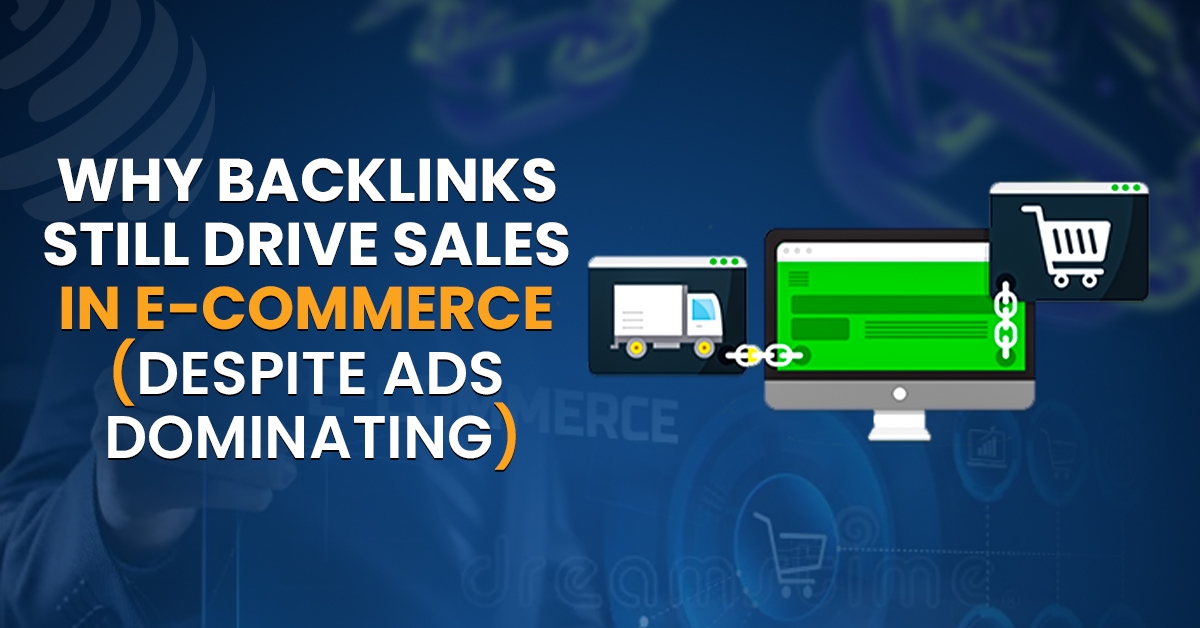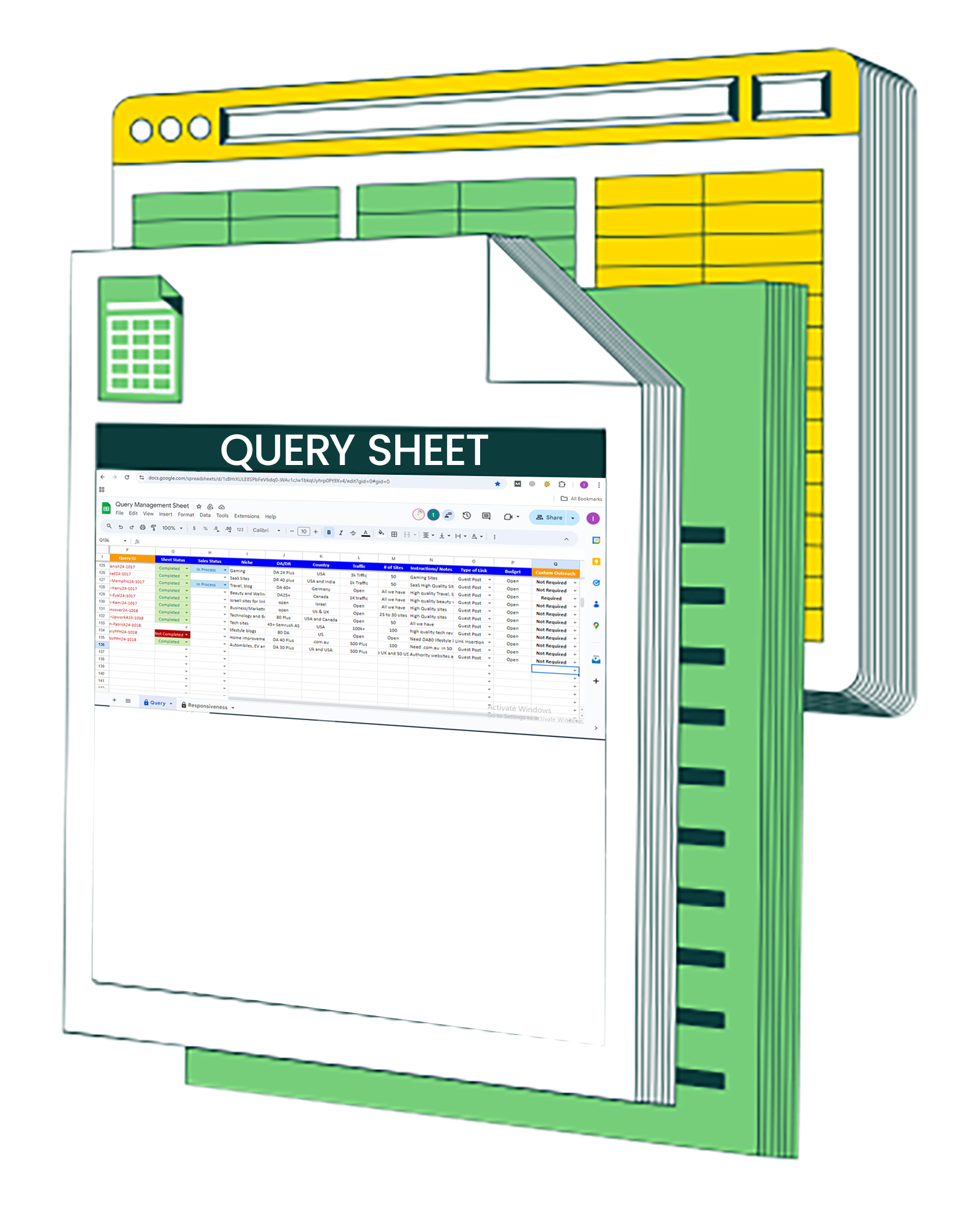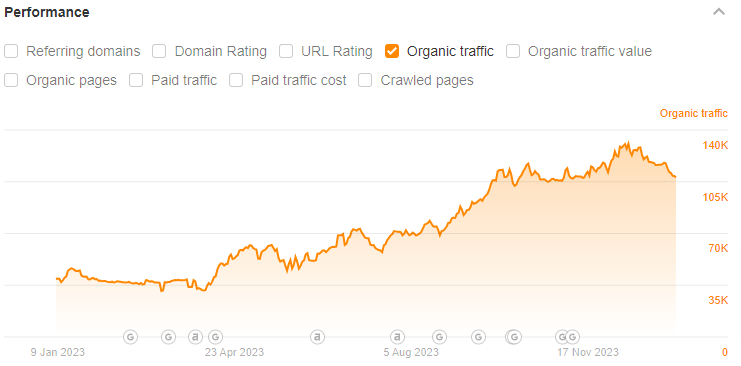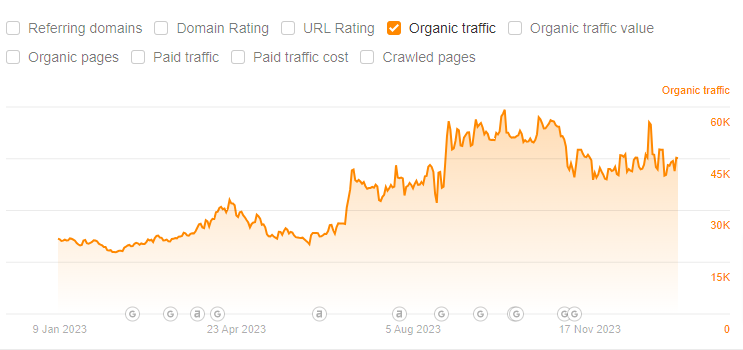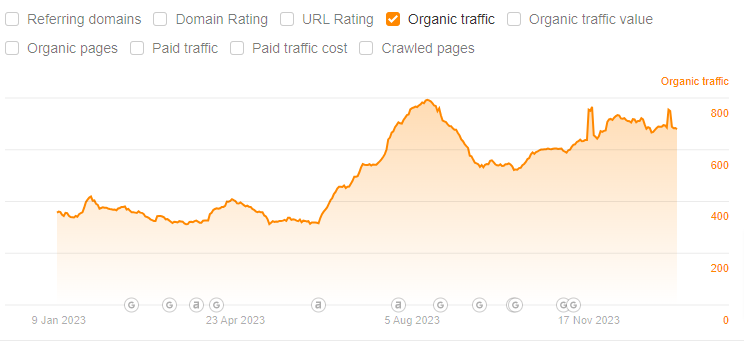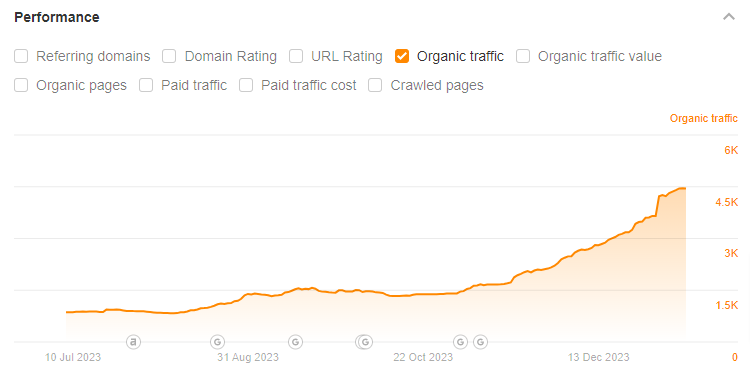Backlinks are famously the foundation of SEO. They also happen to be the oldest website ranking factors out there. Even today – backlinks are crucially important for any serious SEO campaign. The thing about backlinks is that they are only worth all the work if Google can actually see them, which is why you need to know how to index backlinks, as unindexed backlinks are a waste of time and resources. There are several things you can do to get your backlinks indexed quickly and safely to make sure they help boost your SEO.
Why to Index Backlinks – The Importance
If your backlinks aren’t indexed, you are literally invisible to the eyes of Google and other search engines. This also means that half of your SEO efforts are going to waste. However, when you index backlinks, you are actively taking steps to solve the problem quickly and efficiently. On that note, one of the biggest challenges that webmasters face is getting their backlinks indexed in a timely manner. Google takes days, even weeks, to crawl and index your pages, which can potentially hinder your SEO efforts.
This delay means that your pages won’t appear in search results, and you won’t get the organic traffic that you deserve. The question is how can you speed up the process, which we will address further below.
Potential Reasons Your Backlinks Are Not Indexed
Now, when it comes to backlinks indexing, you should know the potential reasons why your backlinks aren’t indexing. Some of the most common reasons include the fact that they are low-quality backlinks with reference to certain metrics, such as PA, DA, and Moz scores. Apart from that, you might have posted your links on a domain that does not get any traffic. After the recent updates from Googless, if you have guest-posted on a domain that does not get traffic, there is a very good chance that the blog post is not going to get indexed because Google sees it as a low-value website regardless of how good the article is.
What Are Good Backlinks?
Ideally, you should go for a domain that has a high PA and DA, in addition to receiving a good deal of traffic. If the domain receives at least five to six hundred visitors, then you can consider it as it is worth your time and effort to post on the blog. If the domain doesn’t get good traffic, then it truly doesn’t matter how good the metrics are because it is easy to fake those statistics.
Now, suppose you have posted your guest post, niche edit, or blog post on a page or website that is receiving a fair amount of traffic and is a credible website; then you are definitely set for some good backlinks indexing.
How to Index Backlinks – The Essential Methods
To index backlinks, you should know the essential methods that you can use to get posts and, therefore, index your backlinks properly. On that note, you might want to follow the steps below to index backlinks properly.
Use Google Search Console
In terms of domination of search, most SEO strategies are basically focused on Google and making sure that its links are visible to Google’s crawler bots. The best place to start, therefore, is to leverage Google’s own tools to ensure pages are indexed. It is super easy to submit a page to be indexed through Google Search Console while using the URL inspection tool. If the page isn’t already indexed, just select ‘request indexing’ and wait for it to go through.
The only catch is that you must own a site with the link or have a relationship with the person who owns the website. If you have acquired the link through manual outreach, you can always ask website owners to submit the page to Google Search Console for you.
Ping the Linking Page
When using external tools, you can flag the page for Google and other search engines. Thus, you will increase the likelihood of the page and the links getting indexed.
You have a range of free tools to choose from, such as the following:
- Pingler
- PingMyLinks
- Ping-o-Matic
- Pre-Post SEO
With the help of the right tools, you can bring new posts to the attention of Google or other search engines. You can use these tools even if you don’t own the websites. So, this method is great for SEOs who spot external links that could provide exceptional value if only Google would spot them.
Leverage Third-Party Indexing Tools
Another strategy to index backlinks is by using third-party indexing tools. Apart from Google’s own tools, you can use third-party tools that are exclusively designed to help with indexing. These tools can even be used by those who don’t own the website where the page is hosted. Rest assured, third-party tools are great for getting external posts indexed when you don’t have a relationship with the owner of the website, but you know that the link exists.
Using third-party indexing tools, you can ping search engines to help with spotting changes or new posts. Thus, you will help crawlers index backlinks. However, it is important to mention here that the potential downside of some of such tools is that the website owner needs to integrate the chosen tools protocol into their site, which they might not be willing to do.
Nonetheless, third-party indexing tools exist with both paid and free versions, which is why you can easily find a tool that works well for your own use cases.
Improve Your Website Speed
You also want to improve the speed of your website. We are referring here to your website, which is not a backlink. What happens is that Google looks at websites and says that these are not websites that they want to index because they offer a bad user experience. So, it might crawl your website, but it won’t index it. If the speed is slow, Google will categorize your website as not being user-friendly and as being slow.
So, you must ensure that your website speed is good because it is a ranking factor now, and your accelerated mobile pages are working correctly. If your website isn’t loading fast enough, it is time to speed it up. You can run a speed test to analyze your website speed and the website speed of every page on your website.
Once you have improved the speed of your website, you can expect to be indexed.
Acquire Links from High-Quality Sites
The next strategy to index backlinks is to acquire links from high-quality sites. The thing is that Google can intentionally overlook irrelevant or spammy links. One of the best ways to counteract this is to acquire great links from high-quality sites. You might already know that Google and other search engines favor authoritative and high-quality sites, which is why search engines index them more often and faster while increasing the chances that links from these sites will be picked up.
You can leverage innovative outreach methods or link-building services to acquire high-quality backlinks from high-quality websites. According to your own gut feel, you can also use various SEO metrics and tools to help you track down prime linking opportunities and sites.
Assess the Linking Page
If Google isn’t picking up a link, it can potentially indicate that there is a problem with the page or the link itself. For instance, if the link is marked as no-follow, it will definitely not contribute to PageRank and will not give you direct SEO value. Acquiring no-follow links is part of developing a healthy and natural backlink profile. However, if you really want the value from a specific link, you must ensure that it is a do-follow link.
Here are the steps:
- “Right-click” in your browser.
- In the pop-up menu, select “View Page Source.”
- Search for the link in the HTML.
If you detect the ‘rel=”nofollow”’ attribute, the link is no-followed.
Also, while assessing the linking page, you must ensure that the page is not “no-index” listed. The no-index meta tag tells the search engine that it cannot add the page to the search index. If the whole page isn’t indexed, there is no way that the links from that page can be seen and counted.
To find the “no-index” meta tag, you should open the URL page source, check whether the header includes the “no-index” robots meta tag, and make sure that you check the whole HTML of the page. While you are at it, make sure to search for the no-index on the entire page just to be safe.
Lastly, you must ensure that the link is relevant to the article, as Google can decide against indexing or optimizing a link if it is irrelevant or plagiarized.
Understand that Indexing Backlinks Takes Time
When it comes to indexing backlinks, you should know that it is a time-consuming aspect of SEO, which means that you must keep calm, take a deep breath, make some tea or coffee, and wait. As amazing as Google and other search engines are, their algorithms and crawlers don’t work immediately. Therefore, link-building requires patience.
Typically, you must wait at least thirty days from when a page goes live before you start to get anxious. It is important to mention here that third-party tools can take even longer as they first need to wait for Google to crawl the web page and then their own crawlers before they can report back on a page or link. The crux of great link-building is to imitate or copy natural link acquisition. Sometimes, it can just take a little while for a post to be picked up.
How To Deal with Backlinks That Are Not Indexed?
If you notice that your backlinks aren’t being indexed by Google, there are a few things that you can actually do to troubleshoot the issue. Firstly, you must check the sitemap of your website and ensure that it is properly submitted. Simultaneously, you must ensure that all the links on the sitemap are working correctly. Next, you should check for any potential technical issues on your website that may be withholding Google from crawling your links, such as blocked robots.txt or broken links.
Also, you should check if your website’s backlinks are spammy or low-quality links, as these can negatively affect your rankings. If they are low-quality or spammy links, then you must make sure to disavow them, or your backlinks won’t get indexed.
It is equally important to review the internal linking structure of your website carefully and ensure that those links are also working. Rest assured, by identifying and addressing these issues, you can increase the chances of the backlinks being indexed by Google and that Google is going to give your website a boost in visibility.
If none of the tips that we just mentioned work, you must keep in mind that sometimes it takes time for Google to index backlinks, so you must remain patient.
Final Thoughts
Now that you know how to index backlinks, you might already know that it takes time and effort. Also, many of the tools are complicated or unreliable. That’s why we recommend you leverage the link-building services of a well-reputed link-building agency such as ours. Our in-house link-building experts will help you accelerate the indexing of your backlinks and help you save time and effort. Thus, we will help you stay ahead of the competition. We will ensure that your pages appear in search results and help you drive organic traffic to your website.
FAQs
What is backlink indexing?
Backlink indexing is the process by which Google and other search engines discover and add new backlinks to their search index and make the backlinks visible and usable for website ranking purposes.
What is the duration for backlink indexing?
From the date of publication, it can take somewhere between seven days to two months for backlinks to start working and indexing.
How does Google rank backlinks?
Google sees backlinks as votes for confidence from other sites that confirm that your website content is valuable. At the time of ranking backlinks, Google focuses on quality, relevance, and authority. Also, quality matters over quantity.
